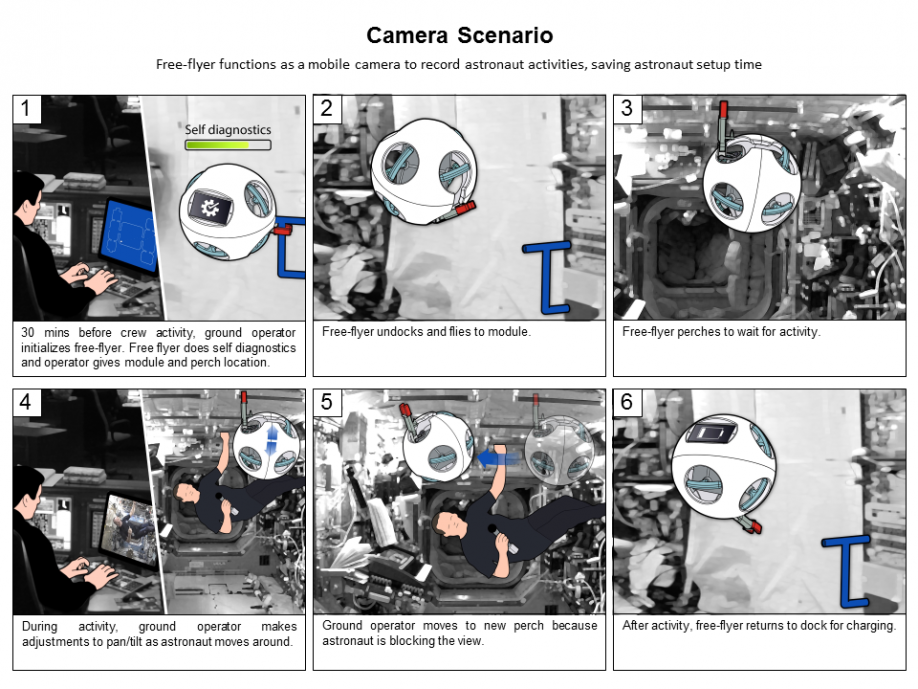NASA's Free Flying Robot Challenge
From NASA, Google's Project Tango, and Top Coders:

Welcome to the NASA Free Flying Robot Mission Patch & Naming Challenge sponsored by the NASA Tournament Lab!
In 2017, NASA is aiming to launch a robot that will be used on-board the International Space Station (ISS). The robot has been tentatively called the “Free Flying Robot”. Not that catchy, right?
So here’s where NASA needs your help – we need the Topcoder community to help design a custom mission patch AND develop a name for the Free Flying Robot.
So what is a Free Flying Robot? It’s a robot that is capable of functioning autonomously, but can also be controlled by a flight crew on-board the ISS or from Earth. It can conduct zero gravity robotics experiments, carry mobile sensors such as an RFID reader for logging inventory & inspect items using a built in camera
Currently on the ISS there are robotic devices called “SPHERES” (Synchronized Position Hold, Engage, Reorient, Experimental Satellites), and the new Free Flyer Robot program is being seen as a step forward in the use of robotic devices in spaceflight... (submission form)
Comments (0)
This post does not have any comments. Be the first to leave a comment below.
Featured Product

